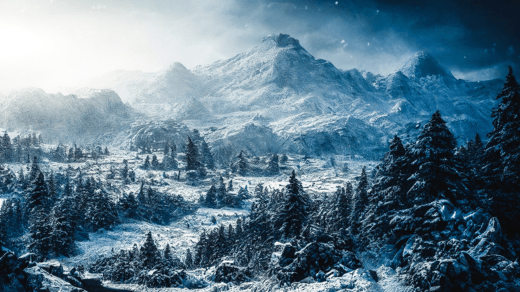Introduction
In the world of literature and art, the terms “fantaisie” and “fantasy” are often used interchangeably, sometimes creating confusion among readers and creators. Yet these two concepts, although related, have important nuances. Let’s dive into the intricacies of the imaginary to clarify this subtle but significant distinction.
Basic Definitions
Fantaisie
Fantaisie, in its broadest sense, refers to free imagination, the mind’s ability to create images, scenarios, or ideas that don’t exist in reality. It’s a concept that encompasses any form of mental creation unconstrained by the limits of the real world.
Fantasy
Fantasy, on the other hand, is a specific literary and artistic genre. It is characterized by the creation of imaginary worlds, often populated by magical creatures, where epic adventures unfold usually involving supernatural or magical elements.
Roots of Fantaisie
The notion of fantaisie dates back to the origins of human thought. Humans have always had the ability to dream, imagine, and mentally create impossible or improbable scenarios.
Birth of Fantasy
Fantasy as a distinct genre is relatively recent. Although its roots can be traced to ancient myths and legends, it took shape as a recognized literary genre in the 19th century, with authors like George MacDonald, and truly flourished in the 20th century with works like J.R.R. Tolkien’s “The Lord of the Rings”.
Fantaisie: A Broad Concept
- Encompasses all forms of creative imagination
- Can apply to various fields: art, music, everyday daydreaming
- Not limited to a specific genre or medium
Fantasy: A Codified Genre
- Presence of magical or supernatural elements
- Creation of secondary worlds with their own rules
- Often structured around quests or epic conflicts
- Frequently includes mythical or invented creatures
Examples to Illustrate the Difference
Fantaisie in Art
A surrealist painting by Salvador Dalí, depicting melting clocks, is an example of artistic fantaisie. It doesn’t fit into a coherent fantasy universe but expresses a free imaginative vision.
Fantasy Work
George R.R. Martin’s “A Song of Ice and Fire” is a classic example of fantasy. It creates a complex world with its own history, magical rules, and fantastic creatures like dragons.
The Intersection Between Fantaisie and Fantasy
Although distinct, these concepts often overlap. Creating a fantasy universe requires a great deal of fantaisie from the author. Conversely, fantasy elements can nourish and stimulate our everyday fantaisie.
Cultural Impact
Fantaisie in Everyday Life
Fantaisie plays a crucial role in our ability to innovate, solve problems, and mentally escape. It is essential to human creativity in all fields.
Fantasy as a Cultural Phenomenon
Fantasy has become a pillar of popular culture, influencing not only literature but also cinema, video games, and even fashion. It offers complex and detailed worlds of escape that captivate the collective imagination.
Conclusion
Although often confused, fantaisie and fantasy are two distinct concepts that mutually enrich each other. Fantaisie is the innate ability of the human mind to imagine the impossible, while fantasy is an artistic genre that channels this ability into specific narrative forms.
Understanding this distinction allows us to fully appreciate the richness of our imagination and the diversity of worlds it can create. Whether in our daily daydreams or in the pages of an epic novel, fantaisie and fantasy continue to broaden the horizons of our human experience, reminding us that the limits of our imagination are as vast as the universes it can conceive.

